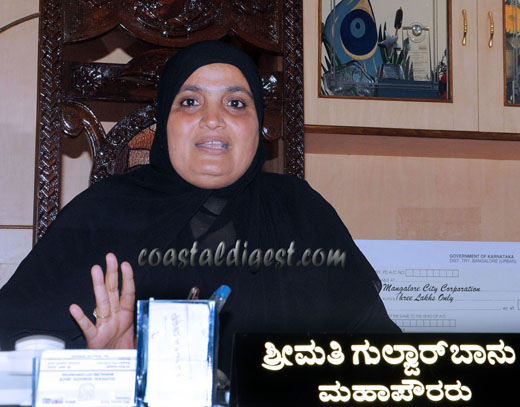
Q: Congratulations on becoming Mangalore’s new Mayor. A lot has been said about you being the lucky lady to have got this opportunity. Had you ever nurtured ambitions of becoming Mayor in the past?
A: Yes. In the year when Ashraf was chosen Mayor, I had this desire to become Deputy Mayor. But for some reason, I withdrew myself. I was aspiring to become Mayor or chairperson of standing committee at least. But then the BJP came to power. And now by the grace of God, my wish has been fulfilled. But I fully realize what this position demands from me. Whatever little time I have, I want to use it for the welfare of the people. I have made it clear to everyone that I do not want to waste time on felicitations. Even if people come with such proposals, I tell them that I would participate only if they are conducted after my work hours.
Q: How did you enter politics?
A: I was involved in social work right from the beginning. I would bring home children from the streets, comb their hair, give them a bath and feed them. Social work is something I love doing. I once happened to visit Azeez, a congress activist, in his shop and he asked me if I am willing to contest for elections for Congress. I said if you are giving me a chance, why not? That’s how my political journey began.
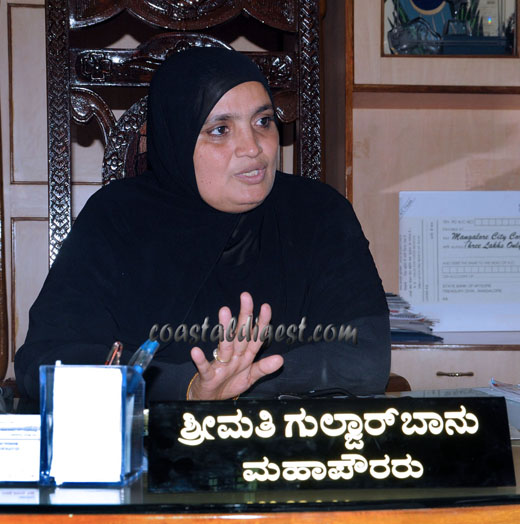
Q: It is being said by a section of people that had Congress been the ruling party, you would not have been the first choice candidate for the Mayor’s post or there would have been more competition in terms of nominations. Do you agree?
A: This year, Mayoral nominations were for the OBC Women category so I was the automatic choice for my party. But even otherwise, our party leaders had a desire to give me an opportunity. They like my work that I put in for the party and they respect it.
Q: What was going through your mind when you were declared Mayor and the circumstances in which the declaration was made?
A: We had received a hint earlier that day that things could well go in our favour. When the declaration was made, my joy had no bounds. I had this strong feeling within me days before the election that I will be Mayor this time. I would say that to Mr. Ramanath Rai and he would tell me why all this excitement? We are the opposition. What difference is it going to make? But my gut feeling came true.
Q: What will be your move if BJP goes to court?
A: Even if they go to court, the court proceedings will take time. By the time court decides what is to be done, I guess my term as Mayor will be over anyway.
Q: What plans and developmental works are you looking to execute in your capacity as Mayor?
A: My first priority is to provide 24x7 water supply. So far in so many years, this crucial aspect has only remained in discussions and I want to make it happen. I have discussed with the Commissioner regarding footpaths for roads in the city and very soon a meeting will be held concerning the issue. I am against vacating street vendors from the market area. I believe that they have a right to do their petty earnings and would not like to kick their stomachs. Bus stands are not there in many places. Since the monsoon season will begin shortly, we will try to address that problem too. I would also want to bring about changes in rules concerning the 3 cents house construction in the CDP and increase it to 4 cents at least.
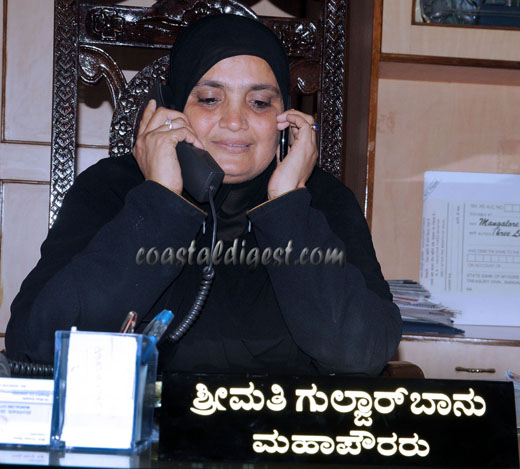
Q: How are you going to go about your job with BJP being the majority party?
A: All BJP corporators came to me and said whatever happened is a thing of the past. Let us look to work together. I too want to take everyone along and have assured all 60 corporators that they have my support.
I will visit each ward and address everyone’s problems. I know how it feels when there is no support and have experienced my own ward being neglected by those in authority. In one public programme held in my ward, Krishna Palemar, who happens to be the MLA of the constituency, made an open statement that a particular developmental work was carried out by him and the state government.
I stood up and said openly that not a single paisa had been allotted by him or the government and that I had carried out those works with the help of funds garnered from other sources. He has only given assurances that my ward will be developed but those assurances have remained on paper.
This is also an opportunity for Congress to regain people’s faith and be back on top. We had development plans but we would find it difficult to convince people that since BJP is the ruling party, we cannot do much unless they cooperate. But now is an opportunity to set a few things right.
Q: Tell us something about your family life…You are a mother of 10 and are into politics. How do you manage everything?
A: I and my husband somehow manage everything. I have a very encouraging husband. Without his support I would not have been here. We have 7 daughters and 3 sons. My husband runs a fancy shop.
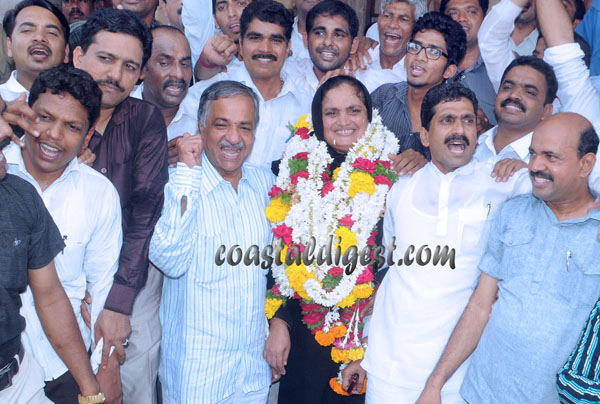
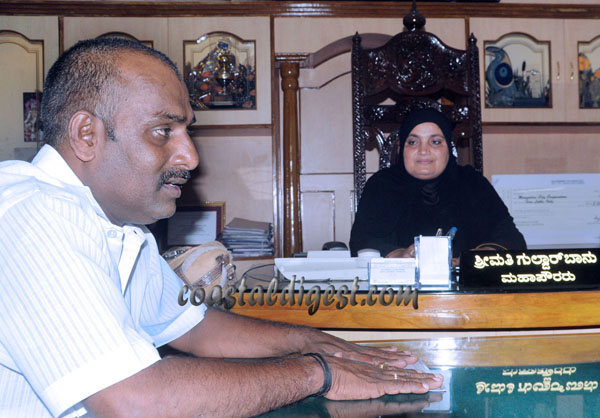
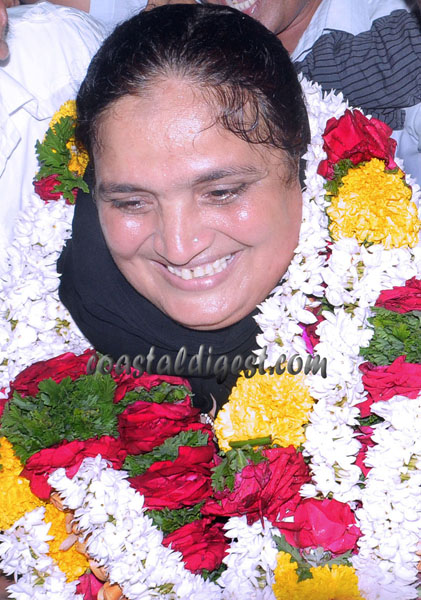






Comments
Add new comment